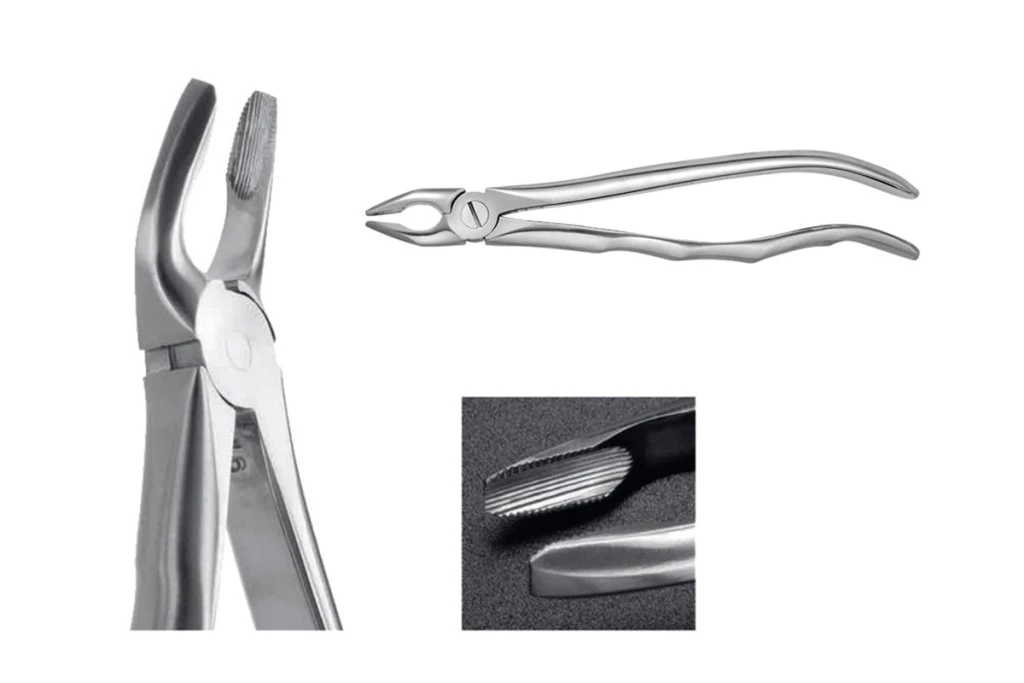Maxillary premolar forceps
ByMedesy
Code 24007
Description
Blade Beaks extraction forceps. Better and safer grip on the tooth. The jaws are slimmer, more gracile with grooved relief and manufactured in a particularly high quality steel with a satin finish.
